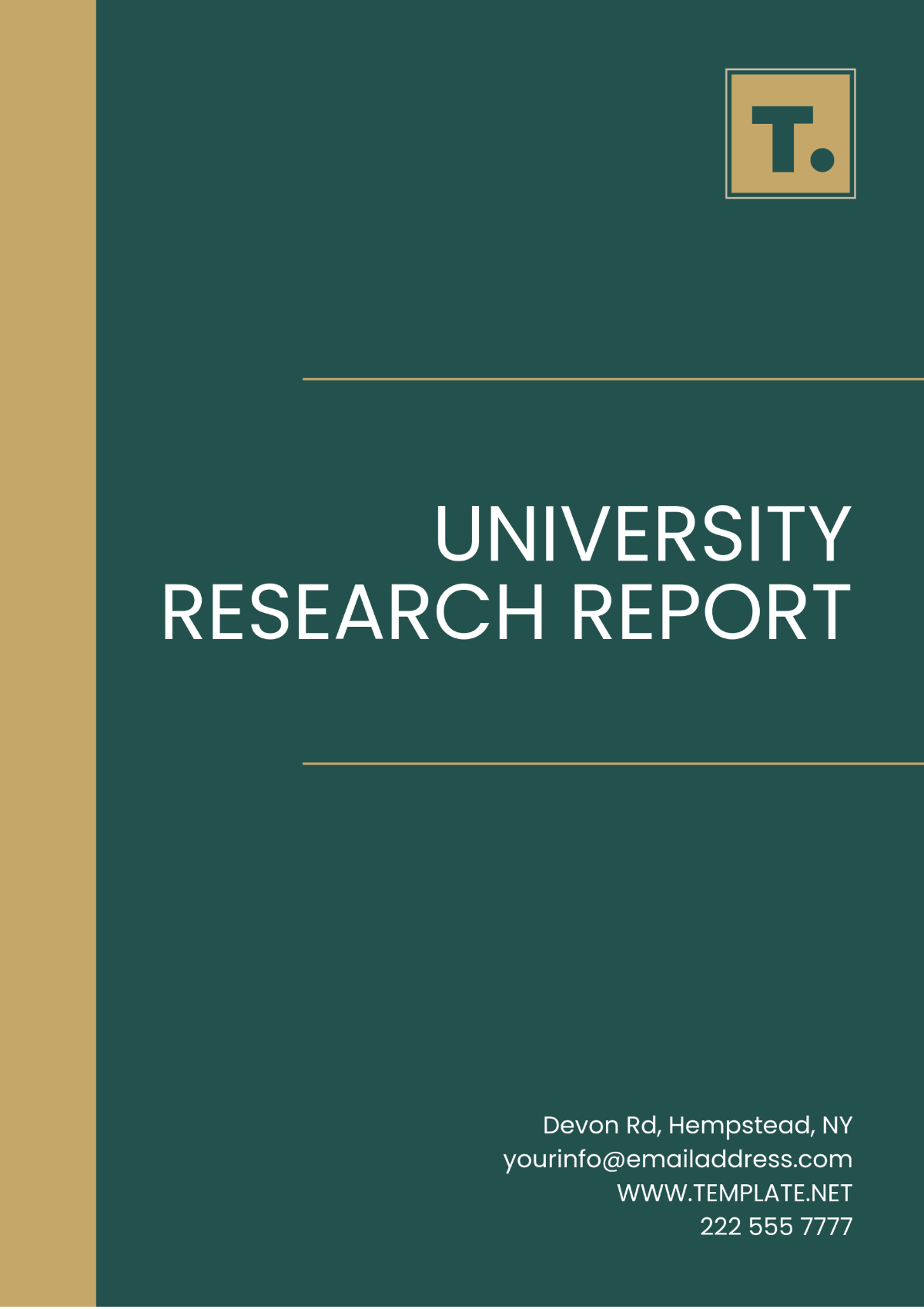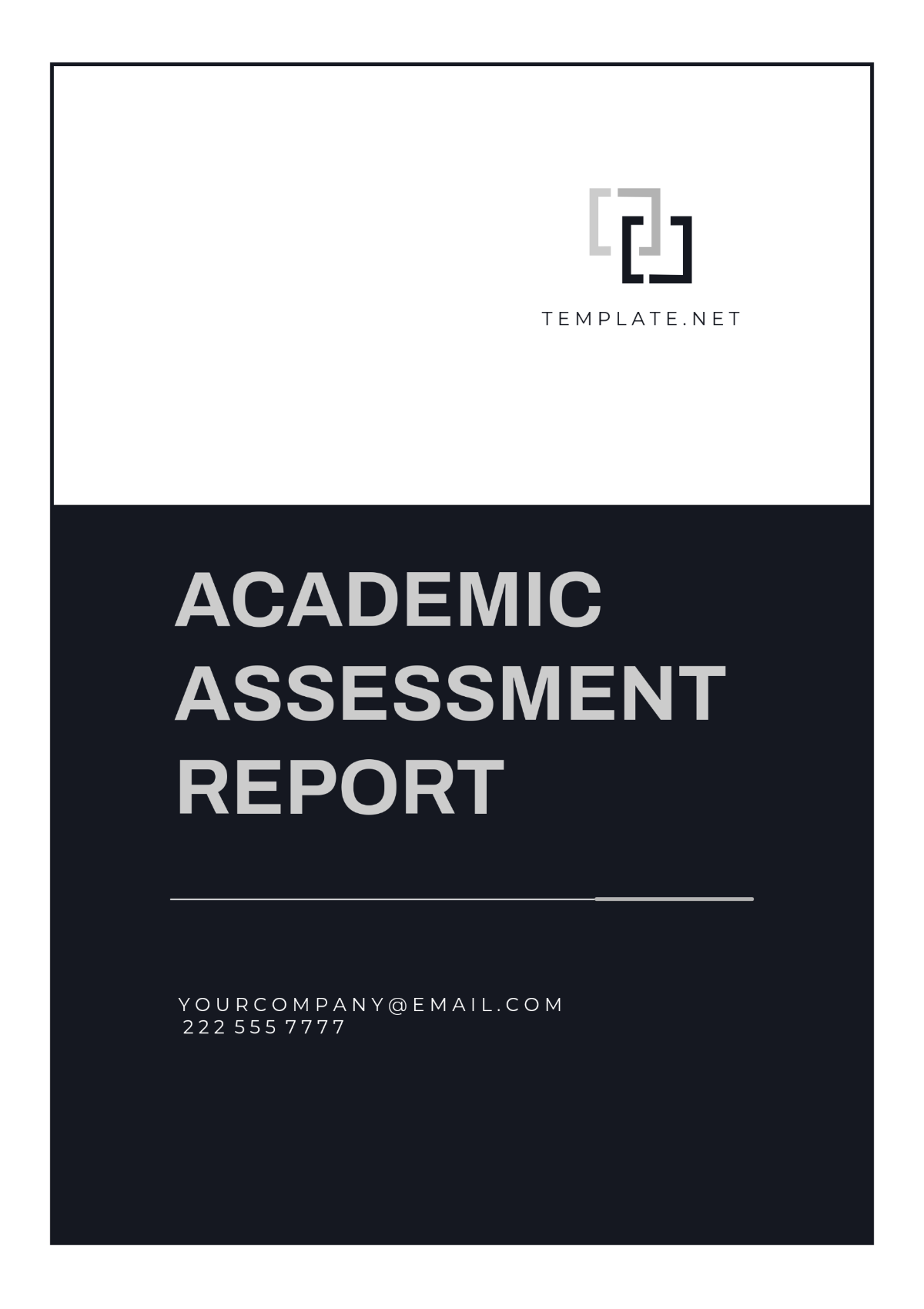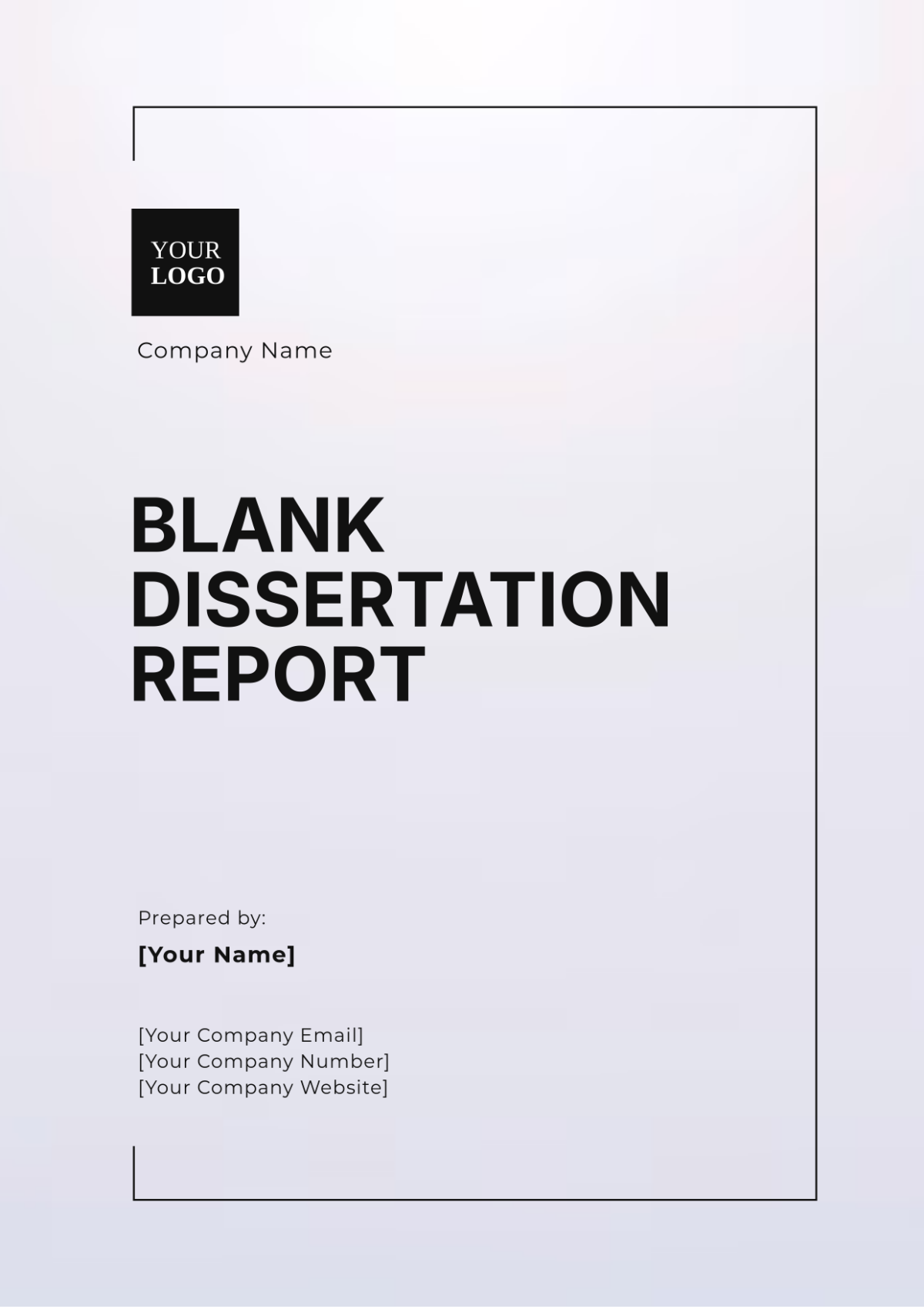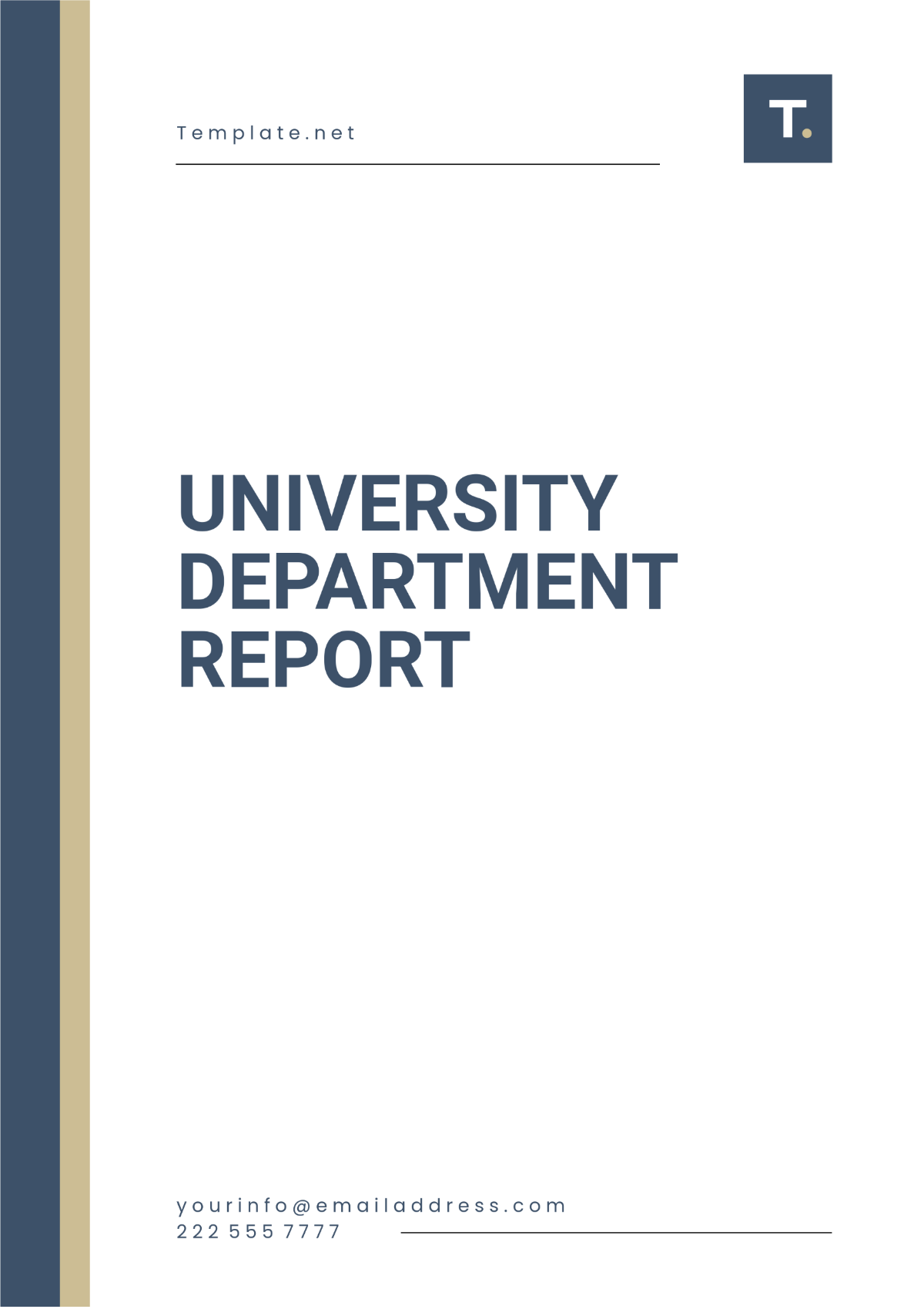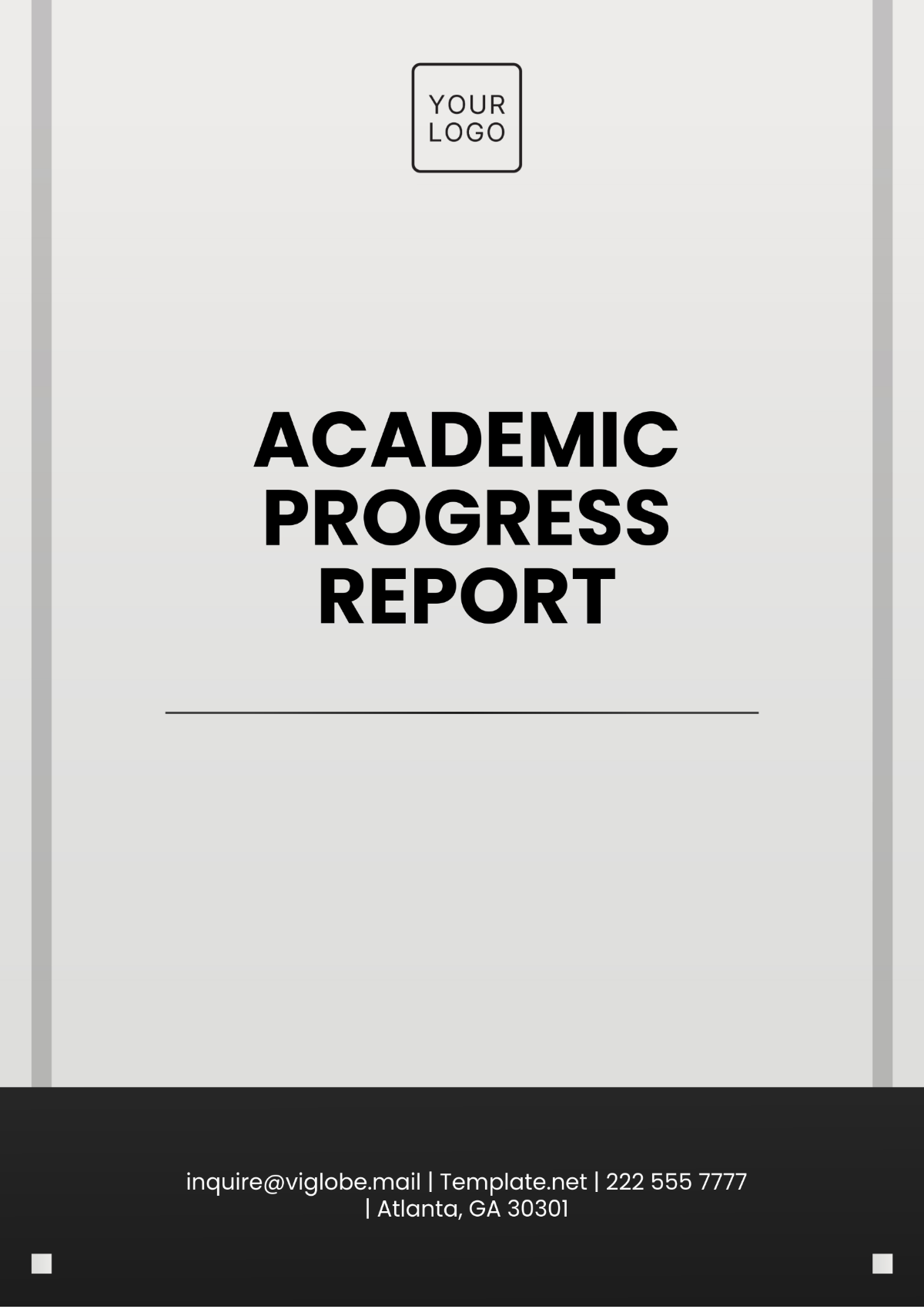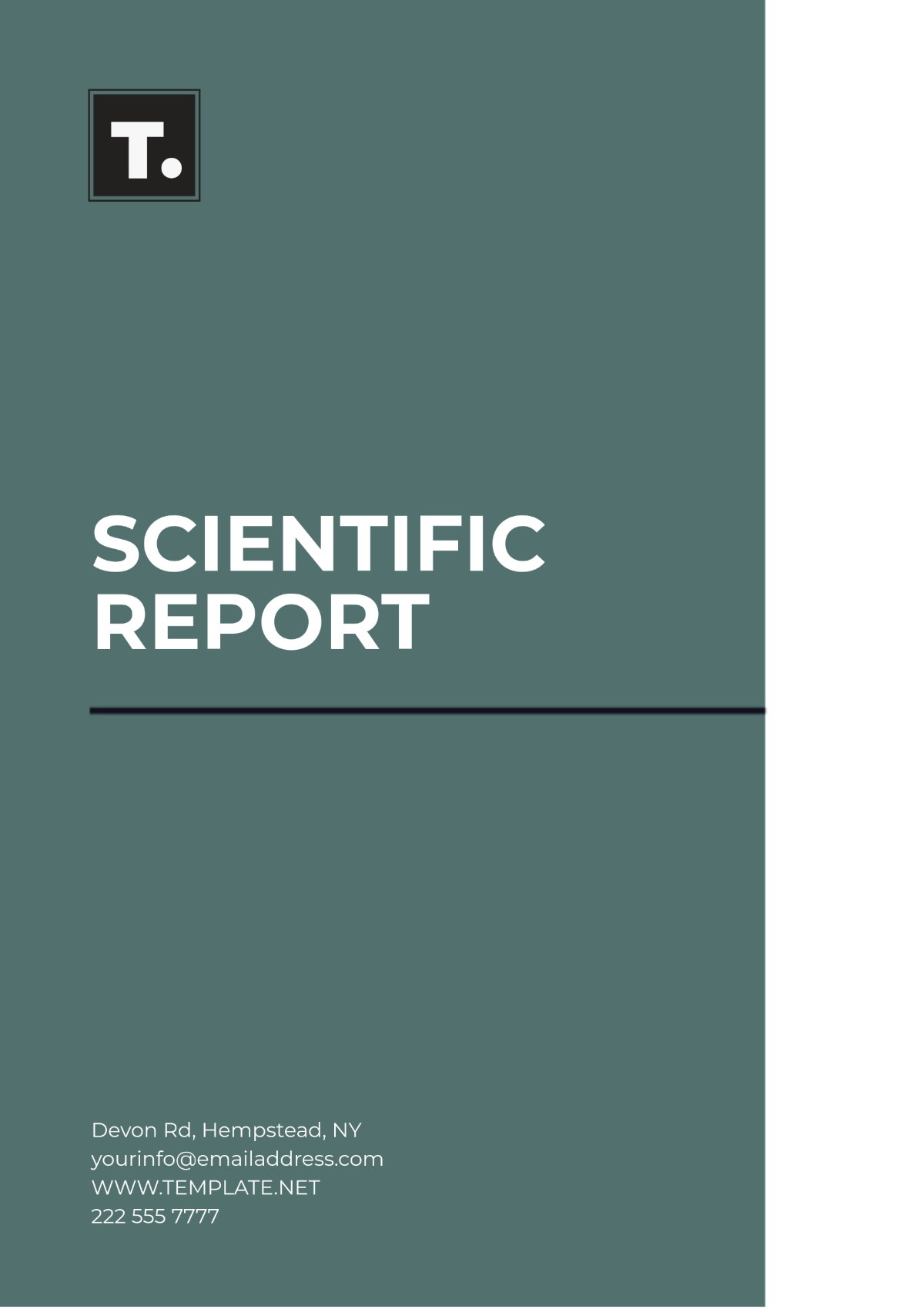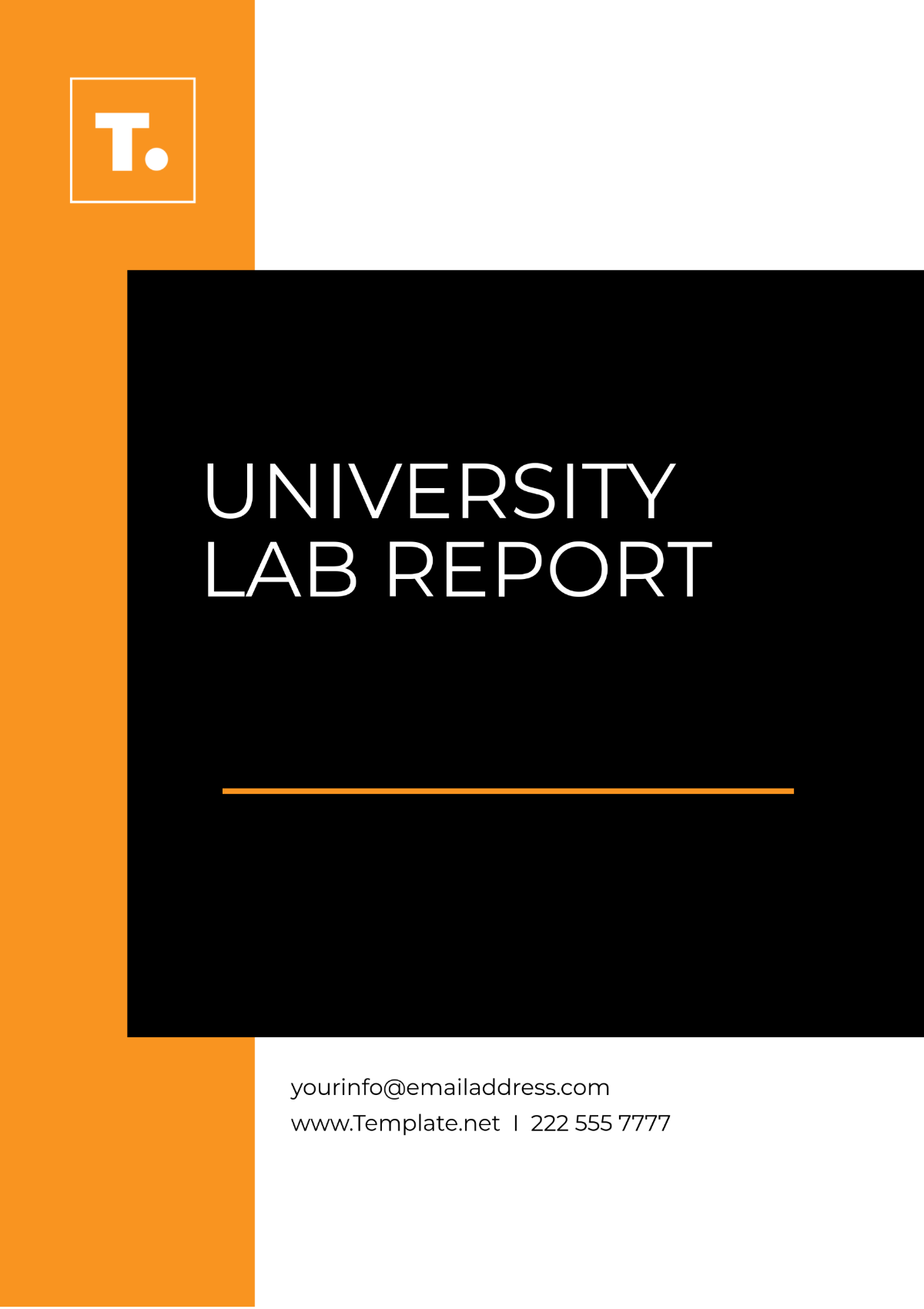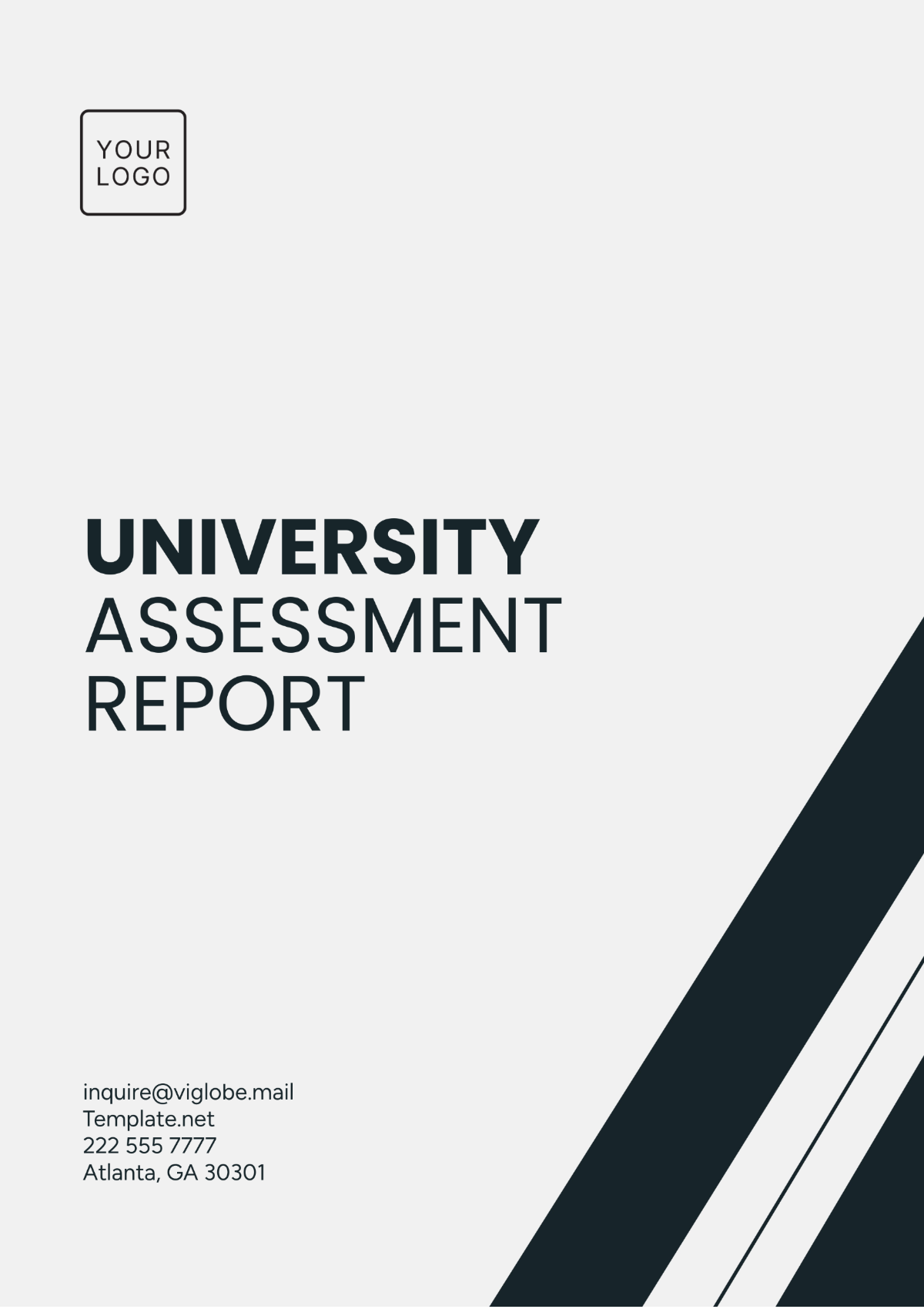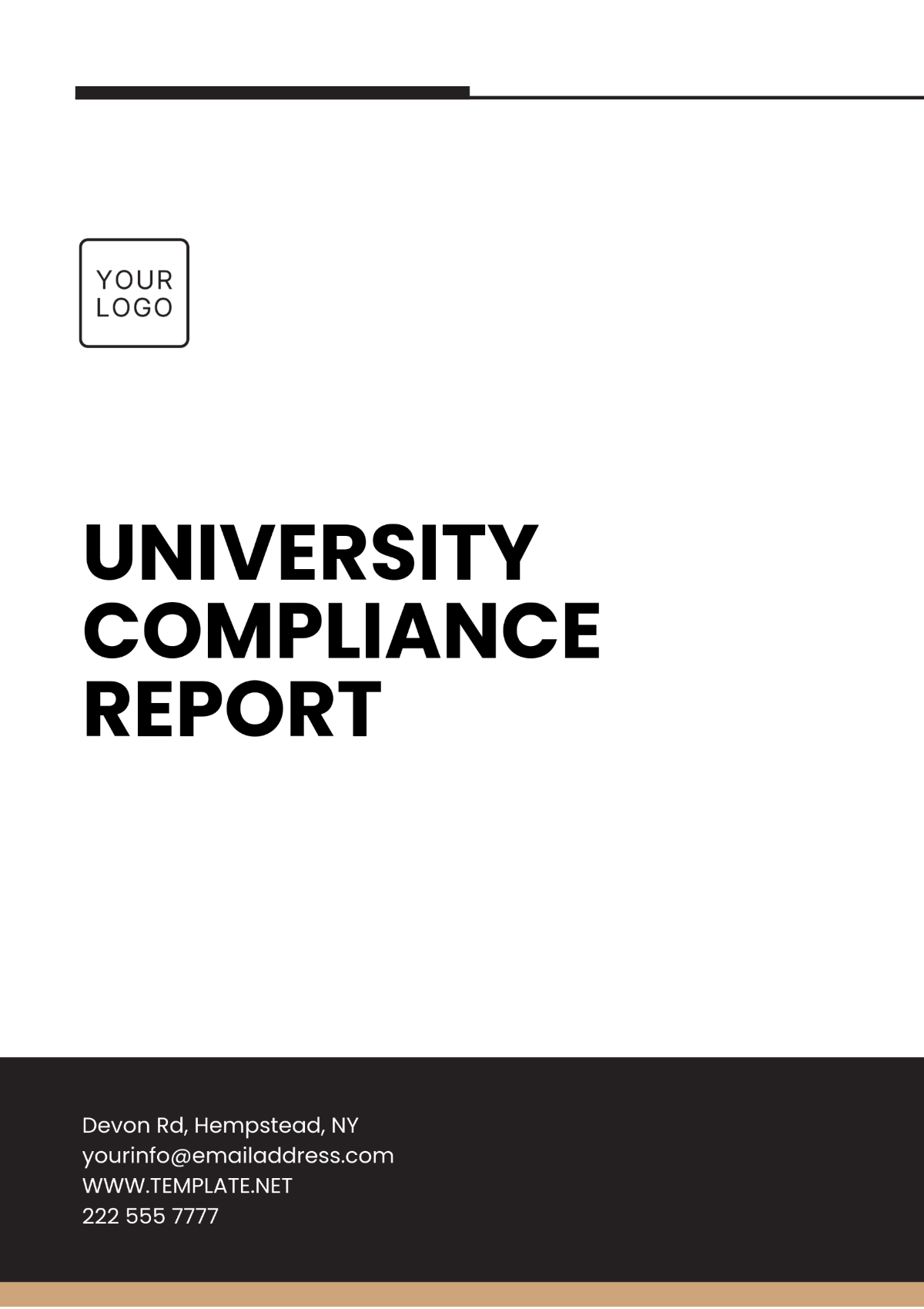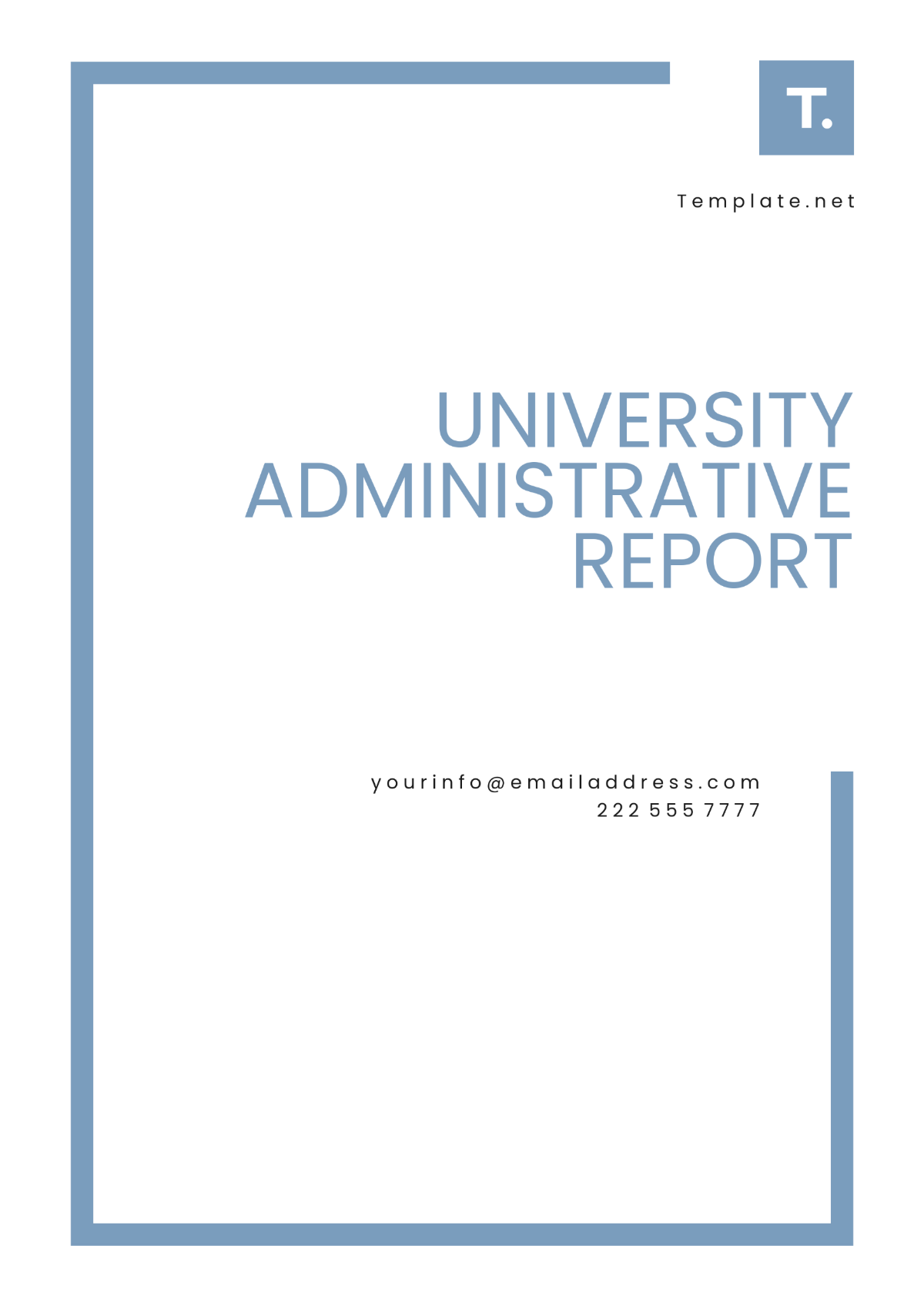Simple University Lab Report
Prepared by: [Your Name]
Email: [Your Email]
I. Introduction
The purpose of this lab report is to investigate the various factors influencing the reaction rates of chemical processes. This study was conducted in line with the academic requirements and the outcomes of this study are intended to contribute to the field of chemical engineering.
II. Objectives
To measure the reaction rate of Hydrochloric acid and sodium thiosulphate
To observe the effects of temperature on reaction rate
To determine the activation energy of the reaction
III. Materials and Methods
A. Materials
Hydrochloric acid, 1M
Sodium thiosulphate solution, 0.1M
Conical flasks
Thermometer
Stopwatch
B. Methods
Set up the apparatus as per the lab guidelines.
Measure 50 ml of Hydrochloric acid and 50 ml of Sodium thiosulphate in separate beakers.
Mix the two solutions in a conical flask and start the stopwatch immediately.
Record the time taken for the solution to turn opaque at different temperatures (e.g., 20°C, 30°C, 40°C)
Repeat the experiment three times for each temperature to ensure accuracy.
IV. Results
Temperature (°C) | Time (seconds) |
|---|---|
20 °C | 150 seconds |
30 °C | 100 seconds |
40 °C | 60 seconds |
V. Discussion
The results indicate a direct relationship between temperature and reaction rate. As the temperature increases, the rate of reaction also increases. This observation supports the collision theory of chemical reactions, which states that higher temperatures increase the energy and frequency of molecular collisions.
VI. Conclusion
Through this experiment, we successfully measured the reaction rates of Hydrochloric acid and sodium thiosulphate at different temperatures. The findings are consistent with established chemical principles and contribute valuable data for future research in chemical kinetics.
VII. Contact Information
Contact Person: [Your Name]
Company Email: [Your Company Email]




